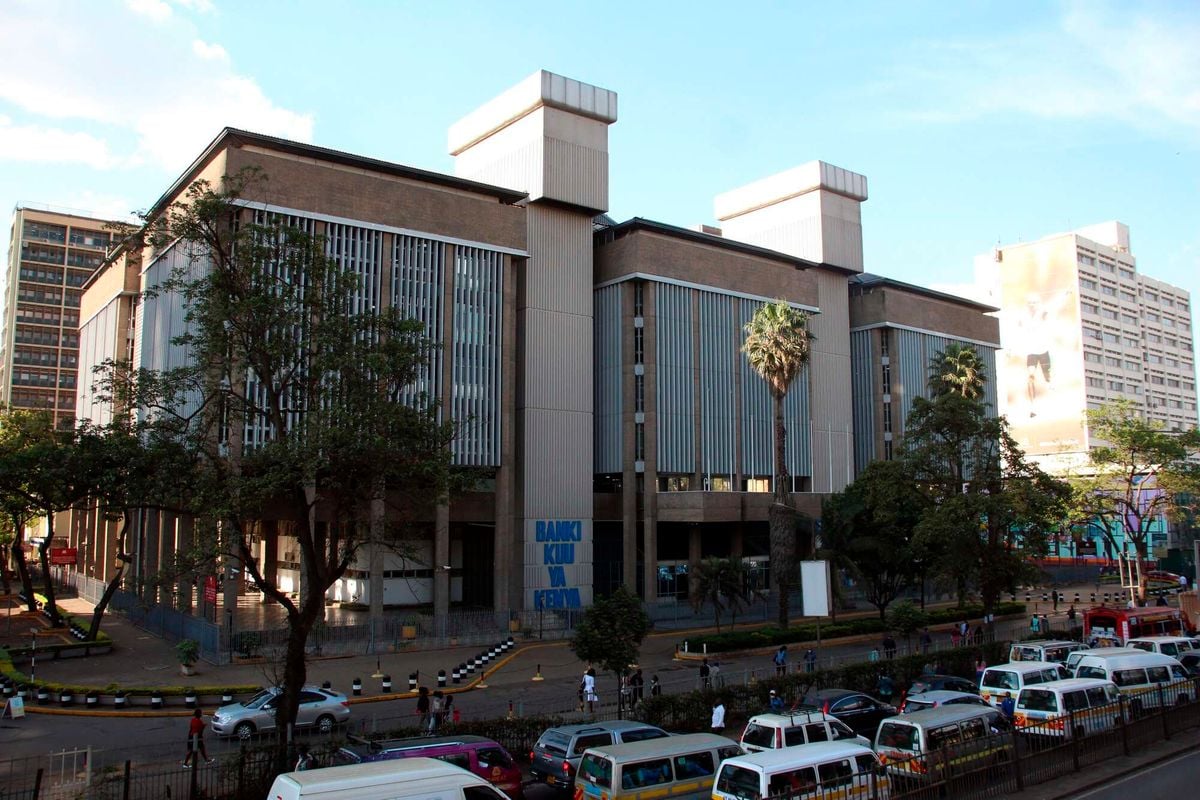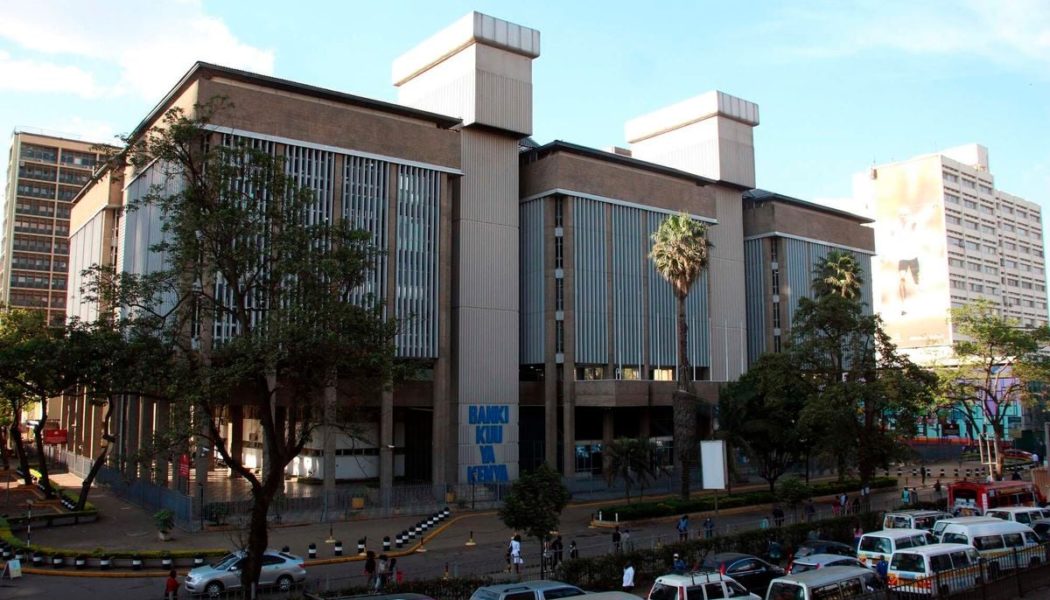
Analysts see the Central Bank of Kenya (CBK) lowering base interest rates by at least 25 basis points before the end of the year on subdued inflation prices and the need to spur softening economic activity.
The CBK’s top-decision making organ, the Monetary Policy Committee (MPC), has cut the key lending rate by a percentage point since August, but most commercial banks are yet to reflect this in the pricing of loans.
Analysts from 14 world’s leading banks, consultancies, and think tanks, however, say there’s room for further easing of central bank rate when the MPC meets in December.
Barcelona-based FocusEconomics, a macroeconomic research firm, say the consensus from views drawn from the 14 institutions is that the base interest rates will fall below the current rate of 12 percent, but accelerate in 2025.
“Looking ahead, we expect the CBK to continue lowering its policy rate. Our assessment is that risks are tilted towards further front-loaded cuts amid weak economic data, FX [foreign exchange] stability supported by improving external balances and a more favourable global rates environment,” the report quoted Goldman Sachs analysts Andrew Matheny, Mambuna Njie, and Vinayak Iyer.
Cutting the key lending rate is expected to lower the cost of borrowing as commercial lenders use the rate as a base on which they load their margins and risk profile of individuals when pricing loans.
The resultant drop in the cost of loans are expected to prompt consumers to take up funds for investment and consumption, boosting economic activities.
However, banks have come under pressure from President William Ruto and his Treasury Cabinet Secretary John Mbadi, for largely not transmitting the signal the regulator gave in early August when it lowered the benchmark rate by 0.5 percentage points.
This came at a time flow of credit to companies grew 3.7 percent in July— the slowest pace since 2017 when interest rate controls were in place.
“Lending to the private sector is one assignment that I would like to give you (banks). Private sector credit only grew by 1.3 percent in August which is insignificant,” President William Ruto told bankers on Wednesday.
“We want the private sector to do more and we know what we need to do as the public sector. We will do our part, you do yours.”
Before cutting the central bank Rate in August, the MPC had raised the rate by 5.5 percentage points since the tightening began in May 2022 through July 2024 to manage inflationary expectations by keeping the cost of borrowing elevated.
The apex bank used the tightening not only to demand-side price pressures by prompting households and businesses to postpone borrowing to fund expenditures that are not urgent, but also attract inflows from foreign investors, thereby boosting foreign exchange inflows.
Inflation in September fell to its lowest level since December 2012 at 3.6 percent, keeping the cost of living measure within the government targets of between 2.5 percent and 7.5 percent in the medium term.
Official forex reserves, on the other hand, had by last week $950 million (about Sh122.55 billion) since last week of August to $8.30 billion (Sh1.07 trillion), or 4.3 months of import cover, from $ 7.35 billion (Sh948.15 billion), or 3.8 months of import cover.
“Kenya’s lowered its policy rate by 75bp and continued disinflation alongside an improved external environment mean that Kenya will deliver further monetary loosening over the coming months,” David Omojomolo, Africa economist for UK-based Capital Economics, wrote in a note.
Inflation is expected to remain under control for at least the next month after fuel prices fell to lowest levels in 19 months. Pump prices have a big effect on inflation in an economy that relies heavily on diesel for transport, power generation, and agriculture, while motorists largely use petrol.
“Kenyan motorists have benefited from a drop in Brent crude prices in recent months, which has filtered through to domestic pump prices,” Shani Smit-Lengton, an analyst at Oxford Economics was quoted in the in the FocusEconomics outlook report.
“Given that we forecast global oil prices to remain on a downward trajectory in the near term, we expect fuel price inflation to remain subdued.”









